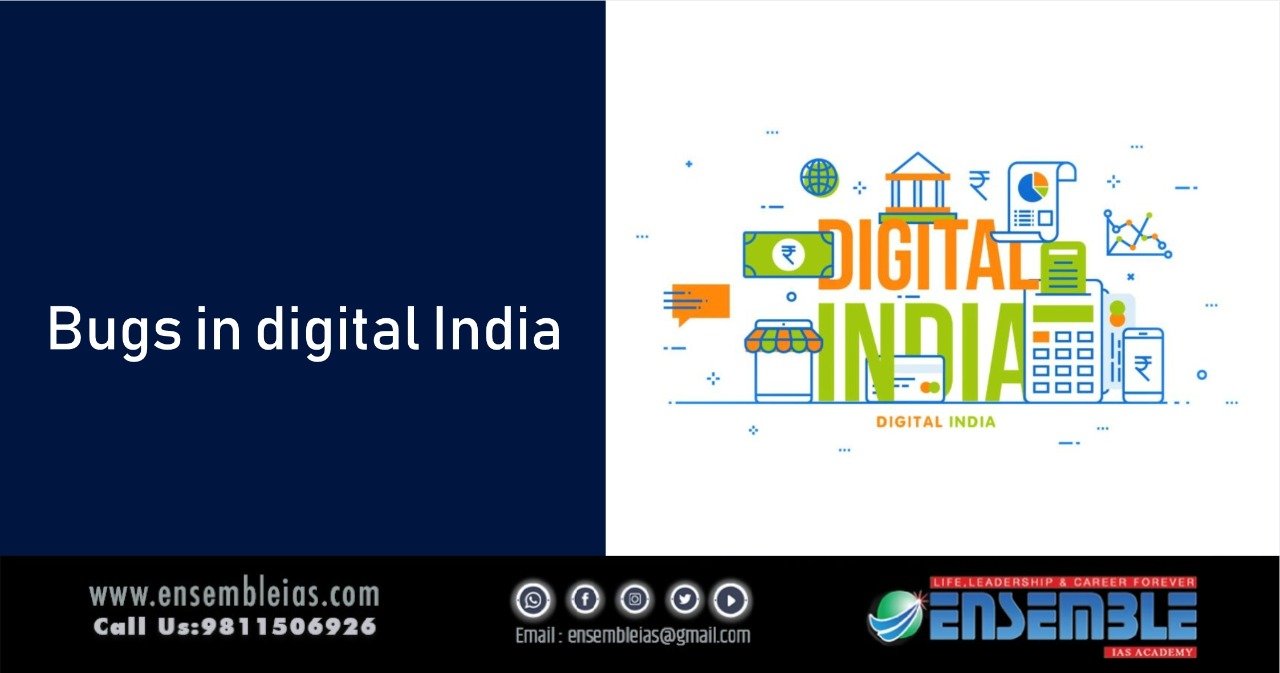Bugs in digital India: Messy transition to a new tax e-filing portal shows up systemic flaws
Bugs in digital India: Messy transition to a new tax e-filing portal shows up systemic flaws: The income-tax department launched a new e-filing portal on June 7, hard-selling it as a game changer. Results have been disappointing, with frustrated users taking to social media to give vent to their feelings. FM Sitharaman too used social media to ask the contractor, Infosys, and its co-founder Nandan Nilekani to solve the problem. Almost a week later, many users remain dissatisfied. There are consequences for taxpayers if they are unable to meet deadlines. Given that e-filing has been around for a while, the messy transition to a new portal is inexcusable.
To buy our online courses: Click Here
Messy digital transitions are not rare. The initial phase of GST was hampered by an inadequate technology backbone. More recently, the CoWin platform for vaccination proved to be unfair to people unfamiliar with digital registrations. Technology platforms are now the irreplaceable delivery mechanisms for a range of governance services. By now, both GoI and states have vast experience in dealing with them. It’s supposed to benefit not just citizens but also governments. For example, in the two decades leading to 2018-19, income-tax reduced its cost of collection from 1.36% to 0.62% of tax revenue, with digitisation playing a role. Aadhaar, the crown jewel of the Digital India umbrella, has a biometric database of over 1.25 billion people.
India’s strengths include technology companies that are globally competitive in bidding for complicated large-scale projects of financial intermediaries. Therefore, GoI needs to take a closer look at its internal systems in the digitisation process. To illustrate, a CAG report tabled in Parliament last September showed that income-tax’s internal processes need work. Salaries, at 43%, make up the biggest component of TDS. CAG initiated a study in June 2019 to find out the reason for TDS mismatches which locks up money in the form of pending refunds. A year later, unavailability of records forced CAG to speculate if the technology system, among other things, led to mismatches.
Also Read: Renewed uncertainty: On the economy’s bleak prospects
Digitisation offers a unique opportunity to improve governance standards and enhance transparency. Most of India’s 5.97 lakh inhabited villages are covered by mobile wireless, thereby creating a platform for citizens to interface with the government. But if this is to work, the quality of user interface needs to improve dramatically. If tax professionals struggle with even the newer iterations of a digital interface, it is likely villagers are being severely disadvantaged. An information technology powerhouse needs to do much better.





